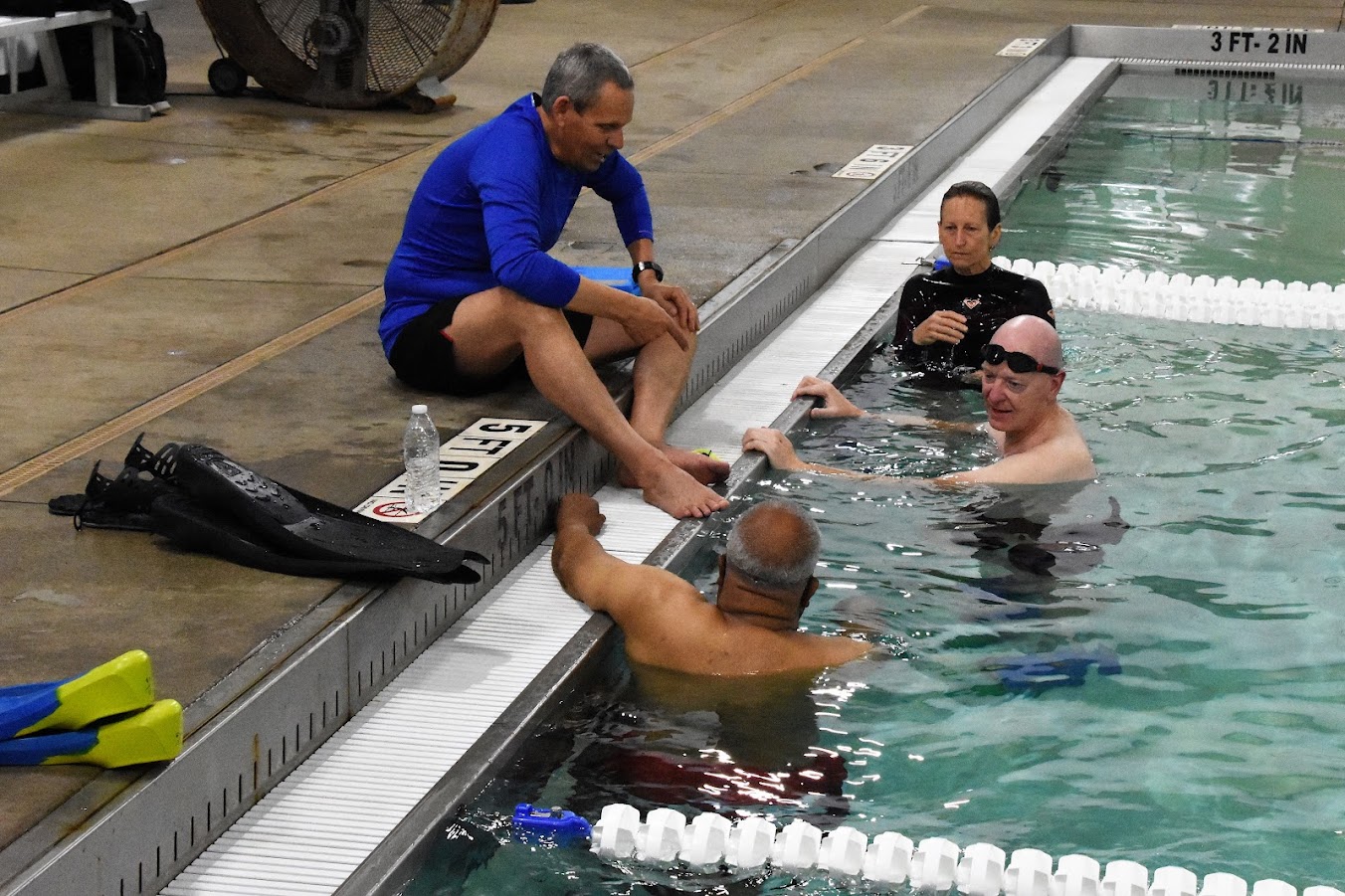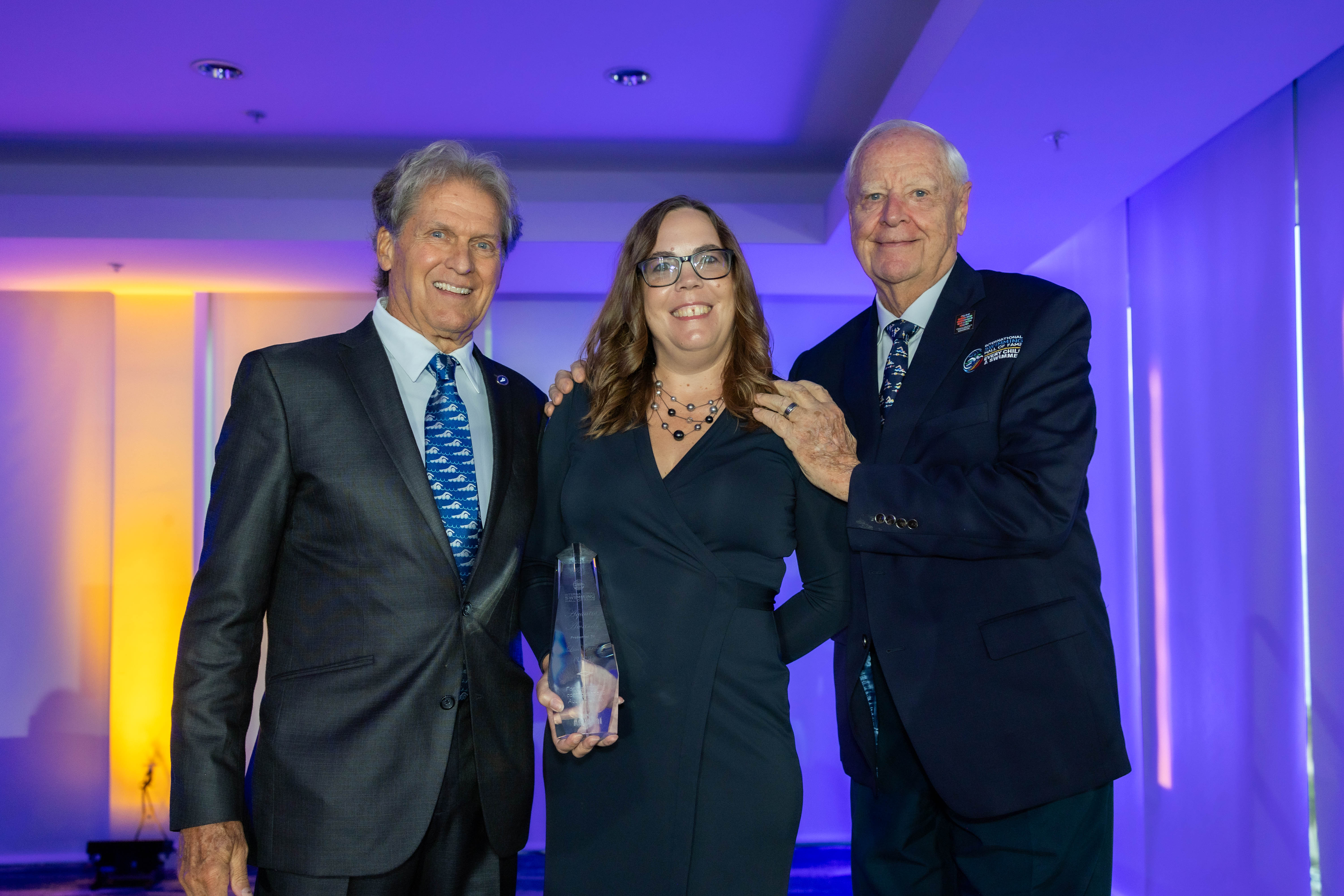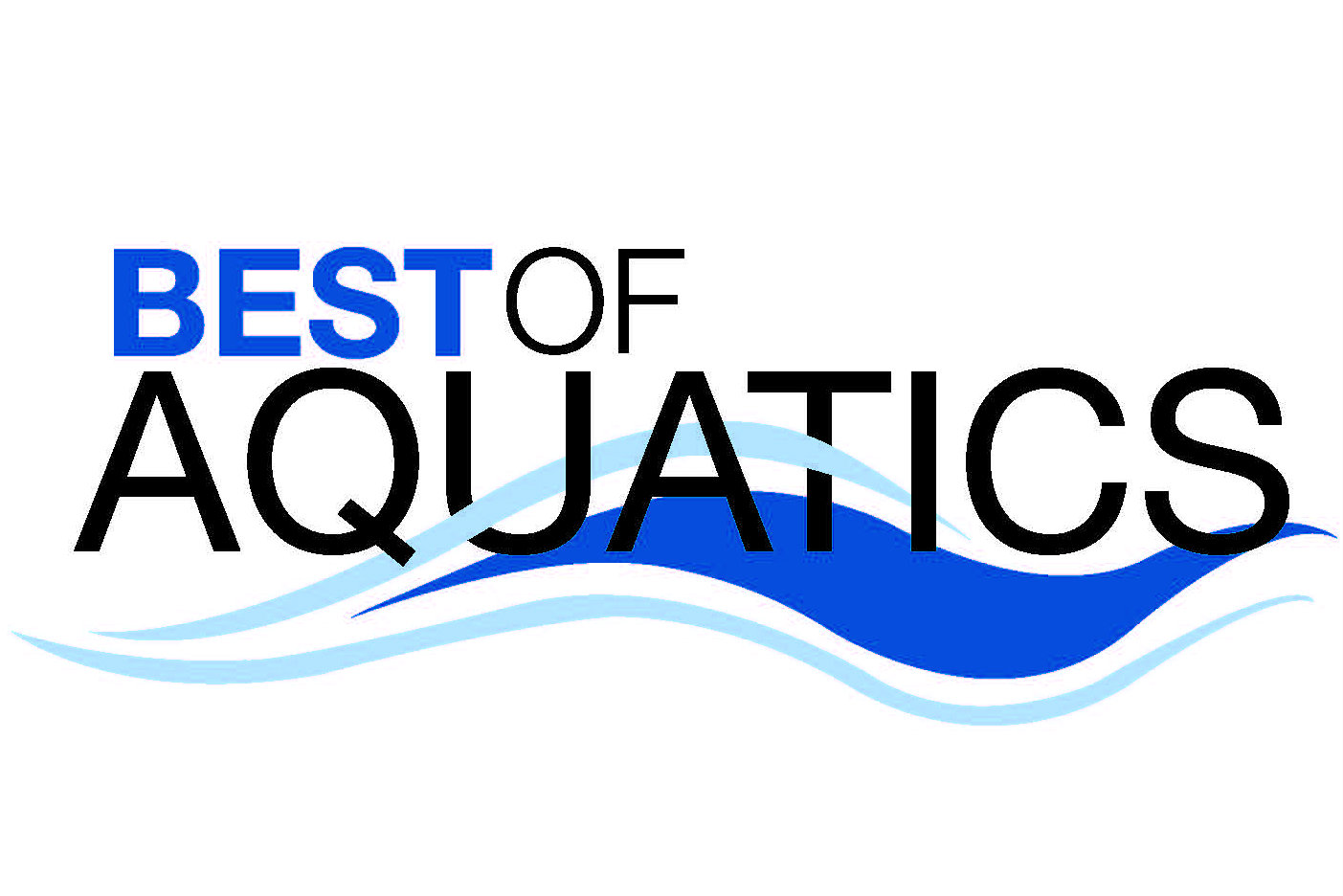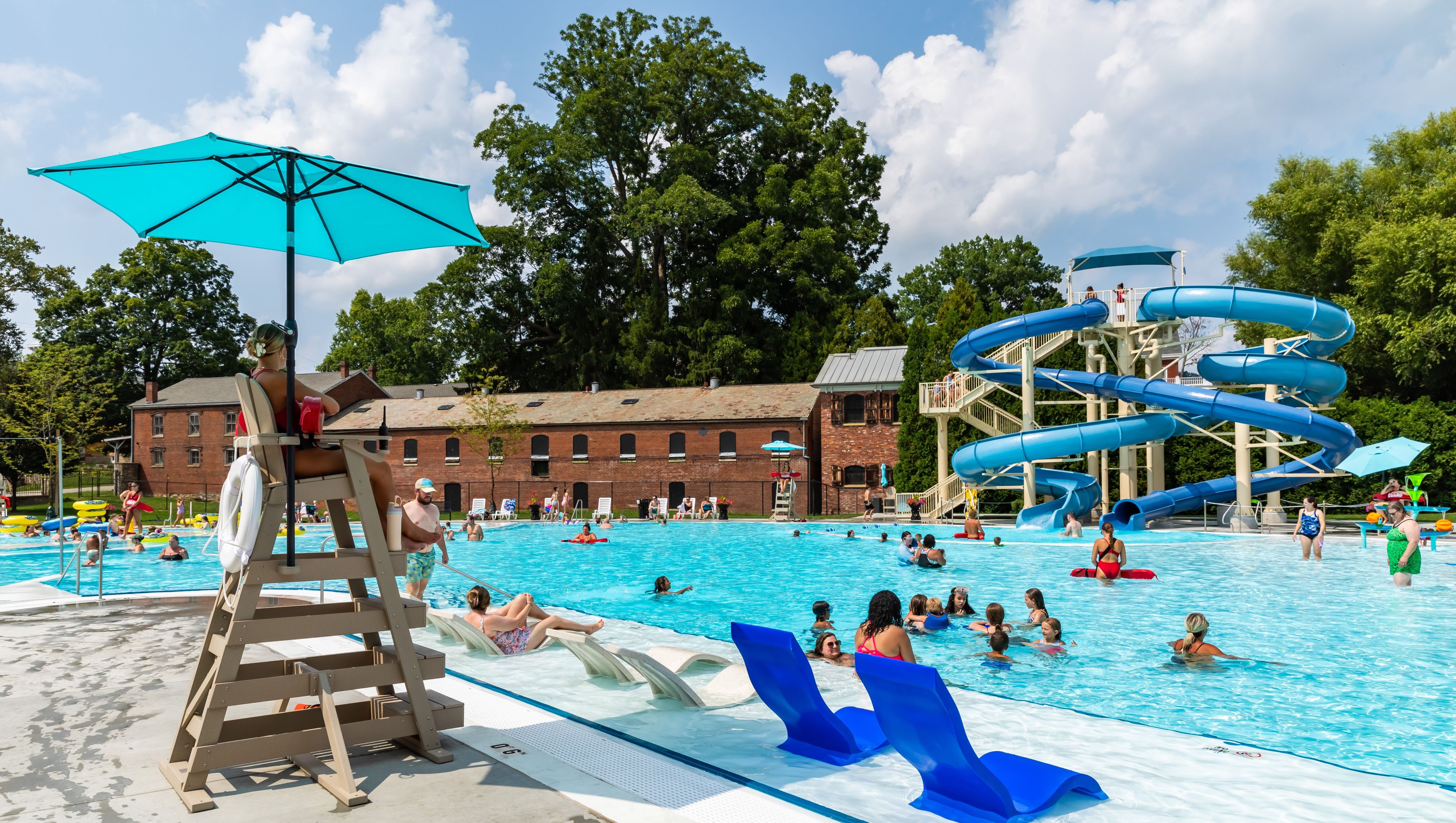The state of South Carolina and Greenville County, in particular, have a large veteran population. So the Greenville County Aquatics Complex wanted to serve this community.
Now two years old, Upstate Veteran Swim provides certified coaches and instructors to teach swimming basics, refreshers and advanced techniques, or even coach and train for competition. Water safety and wellness classes are also provided.
To develop the program, the center partnered with the charity Greenville Splash, which raises funds to provide swim lessons; and the Upstate Warriors Solution, a nonprofit serving first responders and military personnel.
Serving local heroes
The courses are free to veterans, largely thanks to a grant from the USA Swimming Foundation.
The program has changed many veterans’ lives, in terms of physical abilities and confidence, says Merv Faassen De Heer, aquatics director of Greenville County Parks and Recreation.
“One of our original members, who’s still going now … was very scared of the water and grew up that way,” Faassen De Heer explains. “He gained confidence through the years from learning how to swim and now comes in and lap swims almost every day, and not just with the program.”
Other veterans receive personalized training to help prepare them for triathlons and other high-level athletic events.
Classes are offered year-round, a couple times a week. Advanced registration isn’t required, so attendance from one session to the next can range from four to 12 individuals.
Generally speaking, the course is split into two levels. More advanced attendees who want to lap swim or train for events will go to the competition pool. Those who need to learn to swim go to the shallower therapy pool, where they receive more formal swim instruction.
Each session includes at least two coaches, with some being volunteers. The facility has assigned some of its senior instructors to work with the veterans. For one thing, some of them served in the military themselves. But also, with most of the veterans in the program skewing older, management believed the more senior instructors could relate to these attendees more.
Equipment such as PVC wheelchairs are available to assist those with injuries.
Myriad benefits
While the program’s stated purpose is to teach swimming, the effects go much broader and deeper.
Veterans have a social outlet where they can meet with other students and instructors who share their experiences.
“The fact that they are able to now get together in a group and share their experiences is a mental therapy as well as getting their physical activity,” Faassen De Heer says.
To facilitate this aspect of the program, it is run a little more loosely than other courses, he adds. For instance, instruction may start a few minutes later than normal if the group is having a conversation.
“It’s a bit more of a relaxed atmosphere,” Faassen De Heer says. “Even the coaches will hang around afterwards with the participants and talk. And it may be just talking about what’s been going on in their lives that week. So it’s not just all about the swimming.”
Flexibility has been the key to the program’s success, he adds. The team can’t employ a rigid structure because they have a different mix of veterans each time.
“That goes with just having the myriad of levels of ability that we work with,” he says. “And we never know who’s going to show up.”
To provide such customized attention, the team has a conversation with the veterans when they first begin attending. They learn the individual’s goals and abilities to get a sense for the kind of coaching or instruction they need. Before each session, instructors and coaches receive a list of attendees so they know what will be needed. They then leave notes on individuals during the sessions to track progress or what was worked on or developed.
The veterans appreciate the various ways in which the program has improved their lives. As one veteran put it: “There’s nothing to lose but everything to gain. My mobility went from nothing to being able to get out of bed on my own. I can now walk with my cane more than 100 yards. My flexibility has increased. I’ve lost almost 12 pounds. I feel like I have a purpose again. I am excited again to live after years of wanting to die.”
Keep the conversation going—sign up for our newsletter for exclusive content and updates. Sign up for free.



